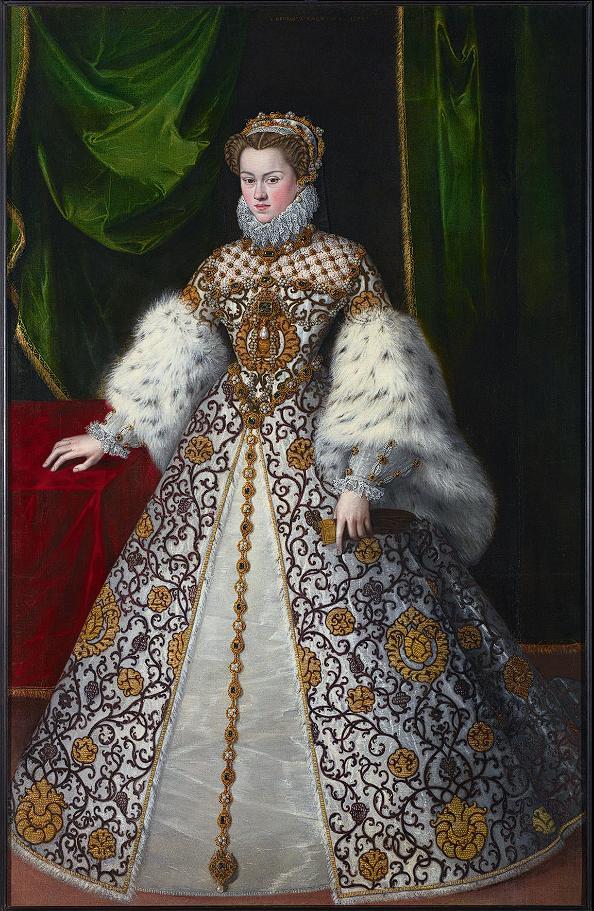The Forgotten Queen of France: Elisabeth of Austria and Her Rare Portrait
Born into the splendor of the Habsburg Empire, Archduchess Elisabeth of Austria was marked by destiny from her earliest years. At just five, she was promised in marriage to Charles IX of France, a diplomatic union sealed by proxy in 1570. Before she ever stepped foot in France, Elisabeth was already a queen—at least on paper.
By the time she crossed the border at age 14, Elisabeth was more than just a royal bride. Contemporary chroniclers like Brantôme praised her for a blend of beauty, virtue, and exceptional intelligence. She arrived not only as a symbol of alliance between empires but as a poised young woman raised amid the rituals of European power.
A Portrait Steeped in Power and Symbolism
One of the few surviving depictions of Elisabeth is a rare signed portrait by Jooris van der Straaten—his only known work. Painted when Elisabeth was nineteen, this image captures more than her likeness; it reveals her symbolic weight as a queen straddling the worlds of Austria and France.
Set against the dim glow of a richly shadowed room, Elisabeth is surrounded by deep emerald curtains and a crimson-draped sideboard—colors that serve as the only contrast to the luminous intricacies of her dress. Her gown, a deep velvet likely of Italian origin, shimmers with pomegranate motifs, symbols of fertility and royalty. The ermine lining her sleeves underscores her elevated rank within the French court.
Every Detail Speaks of Courtly Life
From her attire to her expression, every element in the portrait is deliberate. Her French-style headdress, composed of layered linen and brocade, is topped with a pearl-studded tiara and flows into a veil of mourning black—perhaps a subtle nod to the turmoil of the French Wars of Religion.
Her parted hair, softly forming arches along her temples, reflects the meticulous grooming of noblewomen in the Renaissance era. Around her collar bloom diamond-studded flowers, alternating with luminescent pearls, hinting at both her youth and the burden of dynastic duty. A long belt and pendant cascade down her skirt, drawing the viewer’s eye downward in a final gesture of restraint and grace.
A Life of Quiet Strength and Duty
Though Elisabeth’s marriage to Charles IX was brief—he died only two years later—her role as queen consort placed her at the heart of one of Europe’s most turbulent courts. Widowed at sixteen, she never remarried, returning to the Habsburg territories where she lived out the rest of her life in pious solitude, revered for her virtue and dignity.
Her story, like the portrait, reflects a world where royal women were both icons and pawns, where diplomacy was written in silk and pearls, and where power could be held in silence.
